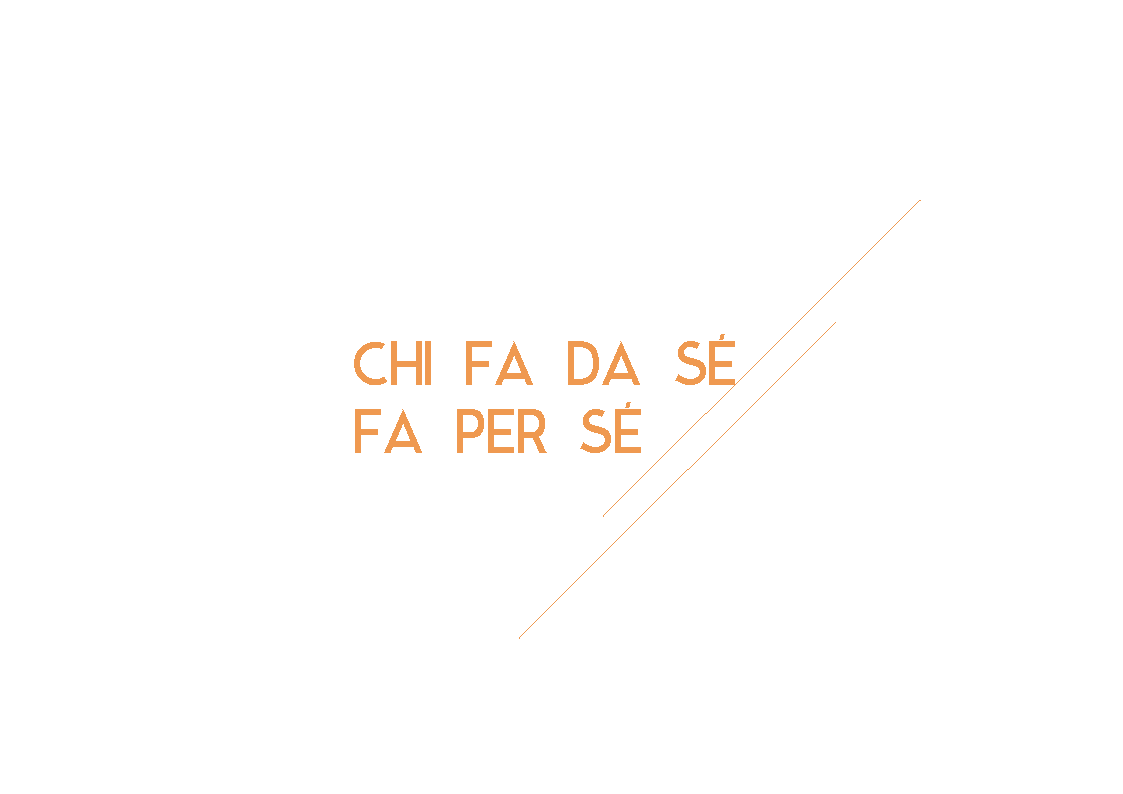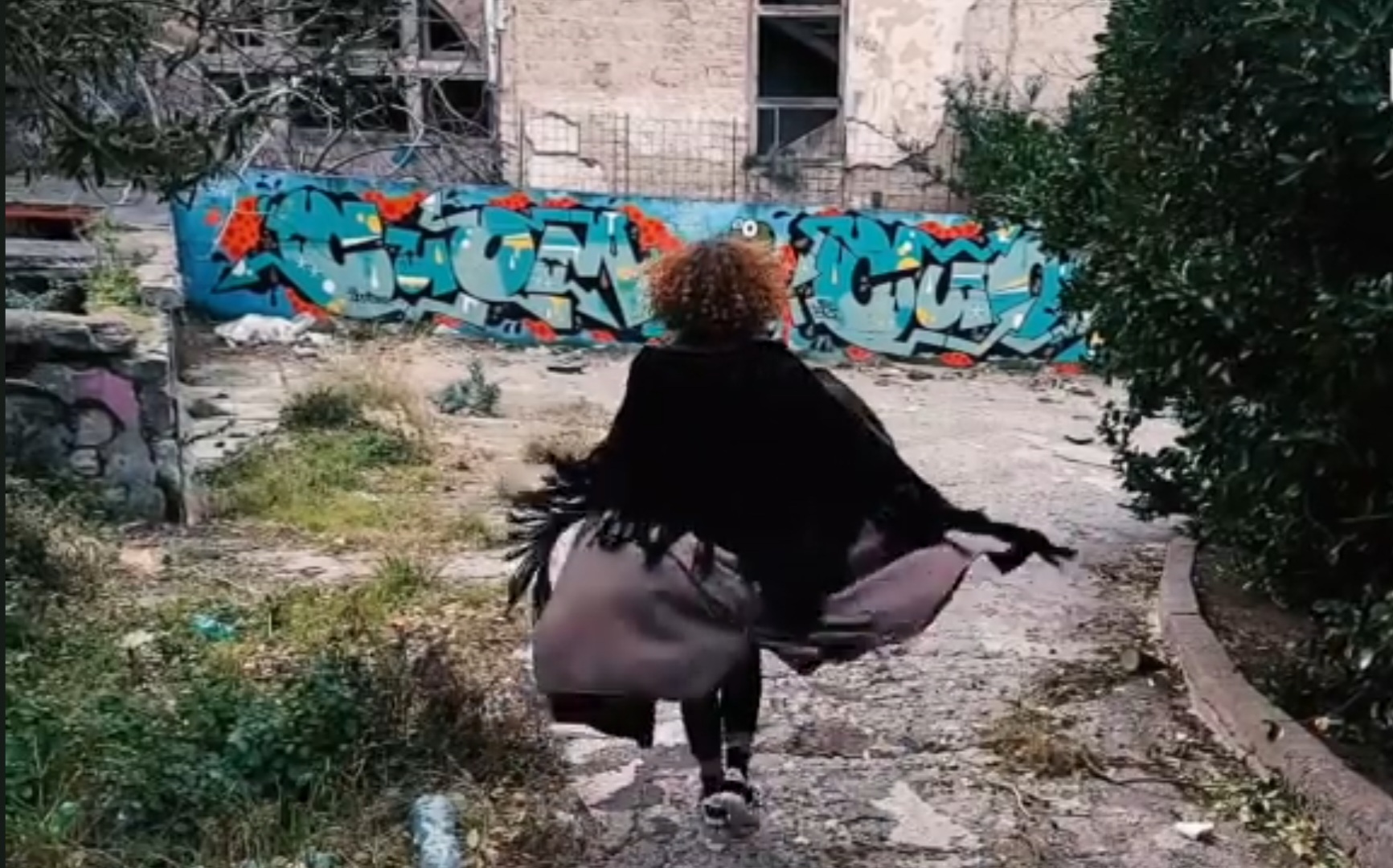Do you expriment with printmaking? Boothuis Brauhaus, nomad by fate, the printship in Ghent.
Do you do printmaking?
Before the 15th century, printed images were rare and if you want to get vertigo, think about that nowadays they are turning again into rare. Beside art lovers, who owns printed images? Who prints images? I sometimes come across people at airport gates, I look at their home printed boarding passes. Sometimes they even protect them with a plastic holder. I actually really never know whether I should talk to them, ask about their process, or fast run away from them as they probably are over procedural folks. (Honestly I do think they have been previously instructed to always use a tool to draw a prefect straight line under a title in their notebook. And for some reason they always have done that).
I don’t have to inform you in poor lines about the history of printmaking, just a quick reminder: before the 15th century, most of the images that existed were either carved, painted, or drawn by hand. The earliest forms of printing, such as woodblock printing and movable type, originated in China and other parts of Asia, but they did not reach Europe until much later. We had to wait for Johannes Gutenberg’s introduction of the movable type printing press, around 1440. Our common knowledge says the he invented the press from scratch, but it’s not exactly true, as this sweet book I recently bought, Piccolo manuale illustrato per cercatori di font, gently reminds.
But why do I love printmaking?
Who would ever be able to give up electronic matter? It does not run out, it is here but it is elsewhere, it belongs to you and it can belong to many others at the exact same time. Who would ever want to leave an immense library that is your home? You go through it, you ask to it, you translate it, you use it, you fold it, you eradicate it, alway no problem. The more languages you know the more you can accumulate. Marco Polo could have already brought Kublai Khan sacks of photographs, he could now hand him endless invisible archives and they could stay silent for hours longer.
Yet with the same tenacity, one can love deeply the fibre, the yellowed, the uncomfortable, the criss-cross, the fragile, the perishable, the absorbent, the crease and the unreturnable, the paper, the ink, the irreparable mistake, the blackening. Even the tear, the residue and the spurious. To what extent the graphic arts put their hand to a physical depth, it is difficult to explain. an idea is to be found more in the density of blacks, in the dust of papers, in pragmatic gestures, in long and unfathomable observations.
As an artist I am fascinated by the idea that I can belong to the present using tools from other eras. It’s a precise way to be experimental. By the way, have you noticed that an increasing number of young (and less young) photographers are going back to analog photography? Surprising, isn’t it? I can understand the need to be related to a physical matter, but I picture them as people willing to give phone calls from a telephone booth to another telephone booth elsewhere, in the era of smartphones. Who could possibly answer? Although I definitely love the poetic of such an image, I still am persuaded that it does not fit photography. Photography is modern by definition. Photography is state of the art technology. It’s in its history.
The Printmaking Journey aboard the Ghent floating studio
Anyway. I feel perfectly experimental when running the wheel of a press. But also while choosing inks pour a rizo print. There’s a person that really made me understand how printmaking can be an out of the box thinking. That’s Tom, from Boothuis Brauhaus, nomad by fate, the printship. With Tom, out of the box can literally mean out of the box. The brilliant demonstration that once you know the rules, you are at the best point to override them, and to be creative (I know, overrated word).
Tom is the person running possibly the only floating studio in the world. As he says: Residencies & rentable print making studio on a converted cargo ship, current location : Ghent, Belgium. As an artist, I have spent a beautiful week for a printmaking residency on the ship. I lived and worked aboard this houseboat that had been converted into a floating studio, surrounded by the sights of the historic city’s intricate canal system. Ghent is such a beautiful city, the morning light from the cabin is just amazing. The experience gave me rare time and space to focus on my printmaking practice. As I reflect back on my time in Ghent, I’m grateful for the opportunity to hone my printmaking skills. I mostly did rizo printing, trying to do images for my long term documentary work Ius Soli. (Recently on show at Indian Photo Festival) If you want get inside my printmaking residency on the boat in Ghent, start having a l breakfast in the boat’s cozy kitchen area, and give a glance to the pictures. Do not forget to pass by the work of Hoel Yeun Elez, printing his wood carved plates, during nights and days.




